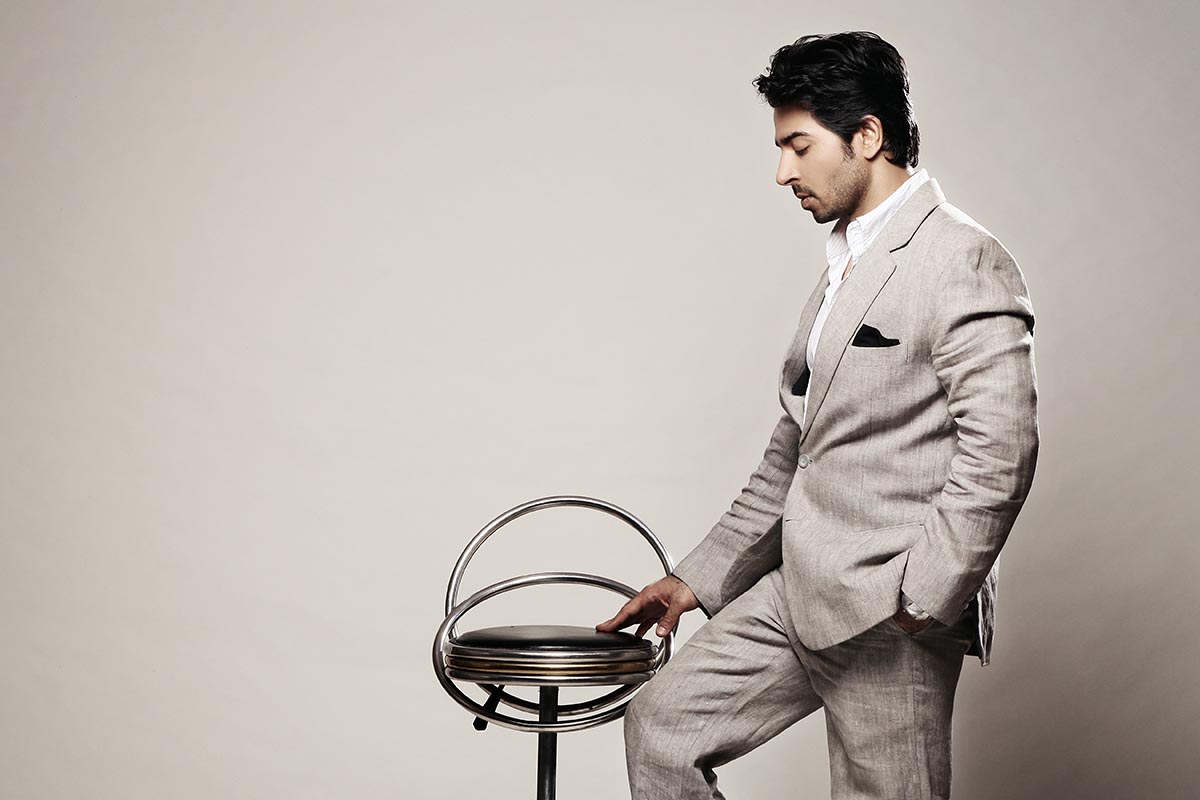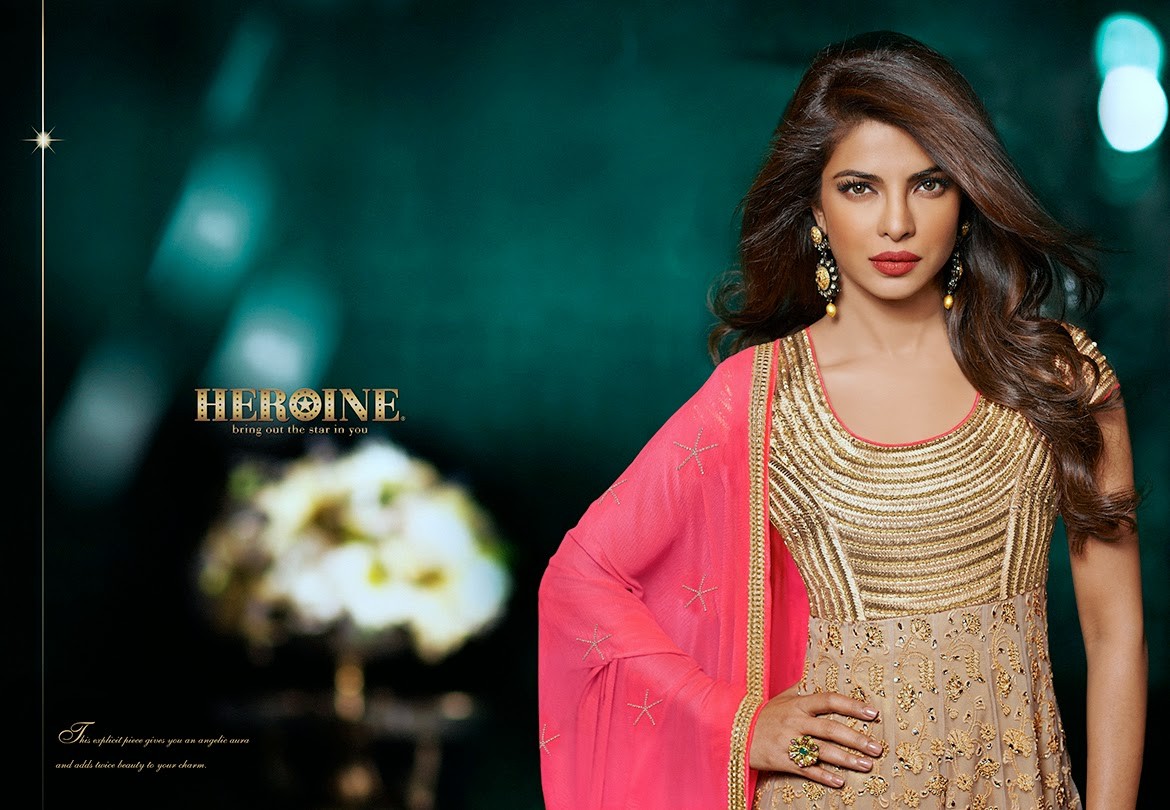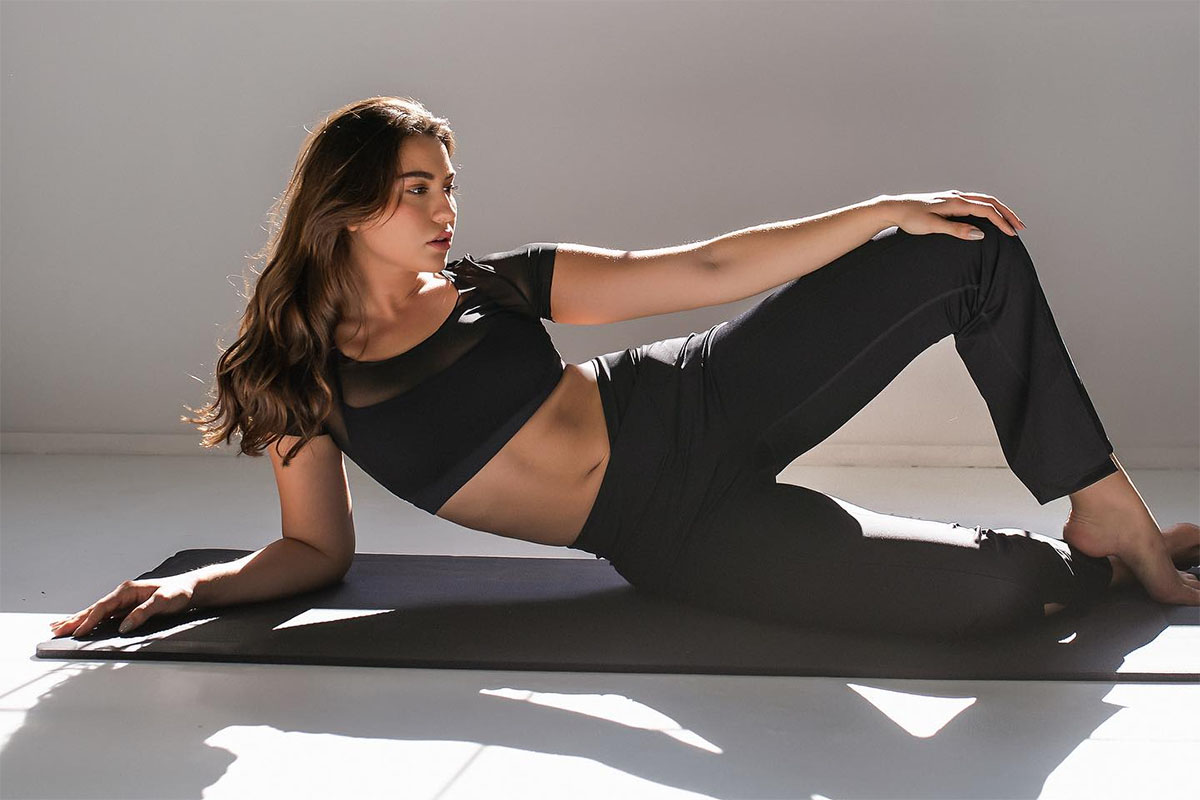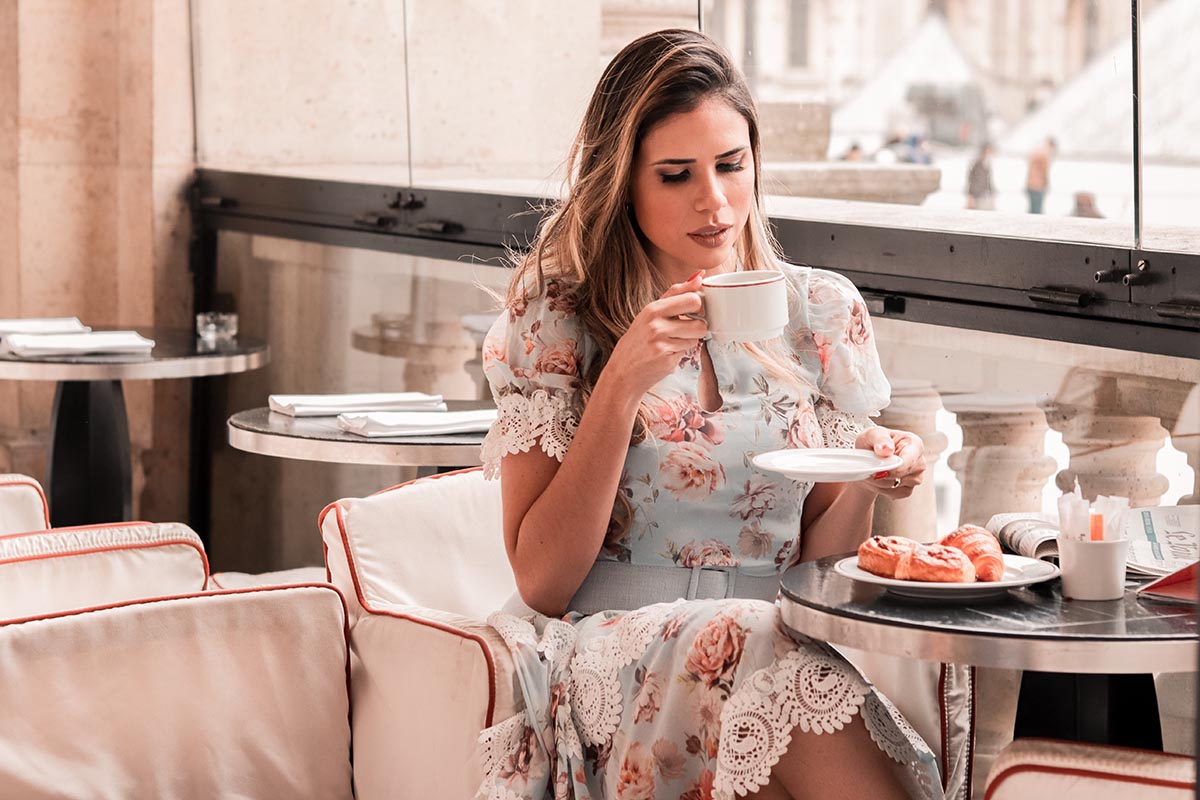Buying a Suit: Top 4 Things to Remember About Suits
Wardrobe dynamics may have changed over the past couple of years, but there’s no denying the charm of a good suit. Even as our attire errs more on the casual spectrum of things, we can always bank on a tailored suit to bring back that measure of formality into our lives.
Beyond the predominant street and loungewear, we love so much, there will always be a persistent desire to rock a suit, whether for a social or professional setting. That said, suits might be the highest-value element of our closets.
While we still have a dozen extolling virtues of Grace Suits to gush over, we have to admit, buying them isn’t the most leisurely trip. From tailoring vocabulary to the fit and everything in between, suit purchases can quickly turn daunting, especially if it’s your first rodeo.
Four considerations to make when buying a suit
Suits are an investment, no doubt- they’re stylish, timeless, and quite flattering. But here’s the thing, while these pieces are a sure way to amp your style quotient, picking out the wrong suit beats the whole purpose. You don’t want to spend so much money only to miss the mark and end up looking like you’re going to the junior prom.
So maybe forget the mere adornment of a matching jacket and pants and focus more on the details instead. If you’re looking to buy into the sleek Sean Connery look, then this article is a good start. Ahead we key you in on four things you ought to know about suits.
Color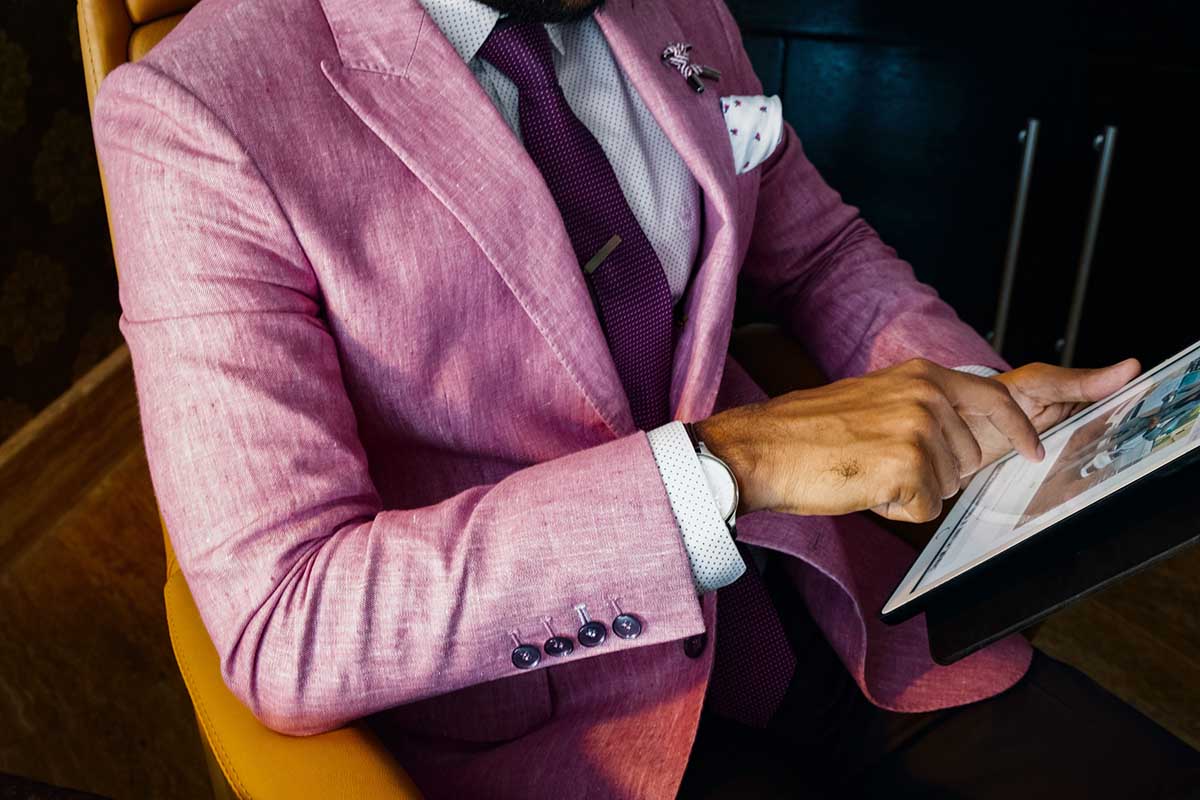
When talking about suit colors, two factors come into play- formality and season. Dark-colored suits are often synonymous with formal events, say the company’s end-of-year dinner party or business meetings, whereas the sportier occasions call for lighter-toned suits.
Correspondingly, warmer climates and seasons work exceptionally well with vibrant colors; autumn is perfect for pastel-colored suits. On the other hand, winter is best suited for dull dark colors; this is the time to bring out the grays, blacks, and navy blue.
Fabric
Fabrics should never be an afterthought when buying suits, so we’ll run it down for you. From a broad perspective, wool is the most popular suit material in the game right now; it is breathable and moderately lightweight, making it the perfect choice for all-year-round wear. Circling back to seasons, the weather you intend to wear that suit significantly influences your fabric selection. We suggest something breathable, lightweight, and absorbent for warmer seasons like cotton linen or silk. Alternatively, you can go for thick and warm fabrics like tweed, flannel, or corduroy in the winter.
Style
Contrary to what you might think, suits come in various styles for different body types and tastes. More common is the two-piece suit that entails matching pants and a jacket; conversely, a three-piece suit makes for a more official style. The latter consists of pants, a coat, and a vest. Jackets are also quite versatile, coming in the options of double- and single-breasted designs.
Single-breasted jackets are tailored with a single row of buttons that fasten by overlapping the leftover to the right. In contrast, double-breasted jackets are constructed to have the front fastening overlapping; they also come with two vertical rows of buttons on one side and a single row of vertical buttonholes on the other.
Fit
Fitting is everything in the tailoring world. The fitting process entirely dictates the fluidity and sitting of your piece. Suits require to have their pants and jackets fitted to perfection for that sleek, elegant look. Bespoke, popularly known as custom-made, is the most recommended fitting as it is made to the wearer’s measurements. On the other hand, canvassing is tailoring suits with internal supportive padding for molding and prevention of sagging. Comparatively, deconstructed suits are made with no structured padding for a more laid-back look.
Buying a Suit: Conclusion
The suit appeal is all in the details; trust us on this one. The seams, cuts, tones, and fit are what’ll make or break your look, so ultimately, it pays to know a thing or two about suits. Quite frankly, no one expects you to have all the technicalities figured out, only the basics.
Work out what looks good on your body type, how often you plan on rocking your suit, and a thing or two about taking care of it, and you’re off to a good start. More often than not, the tailor or clothing store you’re working with will walk you through the complexities, so you don’t have to get yourself worked up. However, having a rough idea on suits will always top walking into the experience blindly, so suit up and get your best game on!
